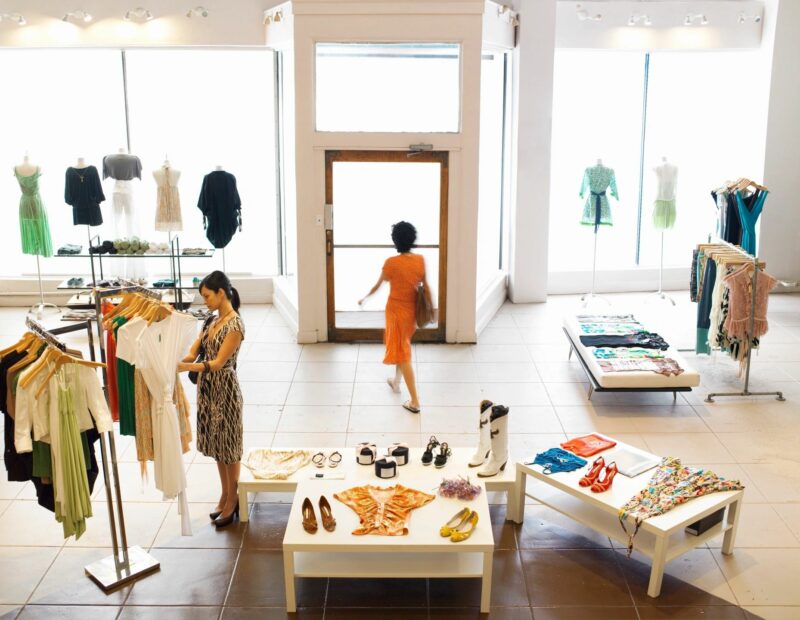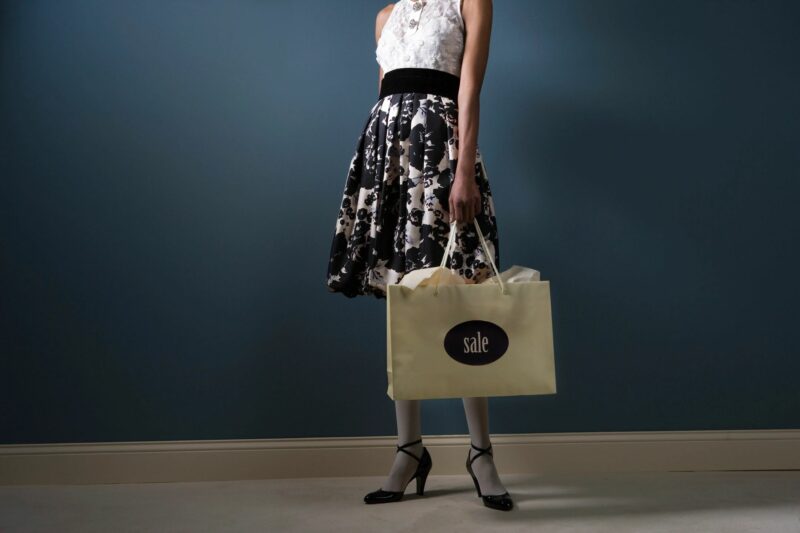When you look at yourself, what do you see?
Remember earlier when I was brainstorming with my friend who is testing a new stylish laptop bag for corporate women?
If not, it’s ok. I get it, you are busy, but in case you are interested here is the blog post: I am not sure this is for you, but…
A little background context.
I was brainstorming ideas with my friend who is doing customer testing for a new stylish laptop bag for corporate women.
In addition to the “I am not sure this is for you, but…” tip, I also suggested to get a mirror, where customers can see themselves wearing the bag. I didn’t write about it in that blog post though, because, well, my friend was too lazy to get the mirror due to logistic reasons… and I have no results to share with you.
To be honest, that suggestion was purely based on intuition — and that is another reason I didn’t write about it back then.
Now, however, I learned a new trick from Roger Dooley in his book Brainfluence about mirrors that can just make me confidently share my tip. Can I just say that Brainfluence is one of my favorite books?
Read More
